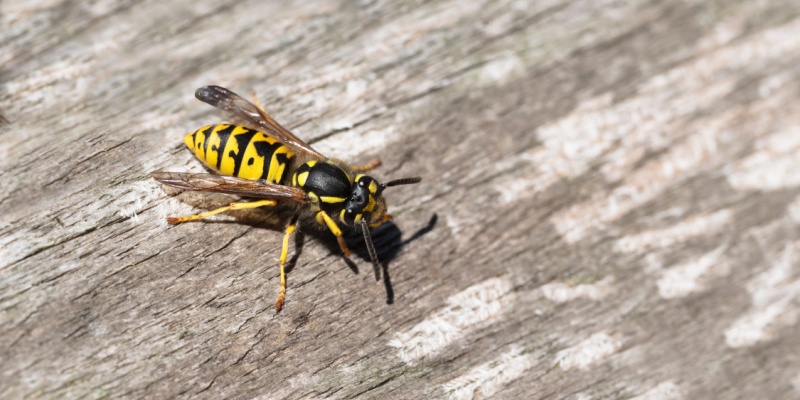Dealing with a wasp problem on your property can be daunting and potentially dangerous. Wasps can be aggressive, especially when their nests are disturbed, and their stings can cause severe reactions in some people. While it is possible to handle small wasp infestations on your own, there are important considerations and safety measures to keep in mind. Here’s a guide on whether you can get rid of a wasp problem on your own and how to do it safely:
Assessing the Situation
The first step in addressing a wasp problem is to assess the situation. Determine the type of wasps, the size of the nest, and its location. Common wasp types include paper wasps, yellow jackets, and hornets. Understanding the type of wasps will help you decide the best course of action.
- Paper Wasps: Generally less aggressive, paper wasps build small, umbrella-shaped nests in sheltered areas. These nests are easier to remove compared to those of more aggressive species.
- Yellow Jackets: These wasps are highly aggressive and build nests in the ground or wall cavities. Handling yellow jacket nests can be risky due to their aggressive nature.
- Hornets: Hornets build large, enclosed nests in trees or high places. They are very aggressive and can be dangerous to handle without professional help.
When to Call a Professional
For large nests or nests in difficult-to-reach areas, it’s best to call a professional pest control service. Professionals have the expertise and equipment to safely and effectively remove wasp nests without putting you at risk.
- Large Nests: Large nests, especially those of yellow jackets or hornets, should be handled by professionals due to the high risk of multiple stings.
- Inaccessible Locations: Nests located in high or hard-to-reach areas, such as tree tops or inside walls, require specialized equipment and expertise to remove safely.
- Allergic Reactions: If you or anyone in your household is allergic to wasp stings, it’s crucial to avoid handling the nest yourself and seek professional help.
Preventing Future Wasp Infestations
Once the nest is removed, take steps to prevent future wasp infestations:
- Seal Entry Points: Inspect your property for gaps, cracks, and holes where wasps could enter. Seal these entry points with caulk or other appropriate materials.
- Remove Food Sources: Wasps are attracted to food, particularly sugary substances. Keep food covered, clean up spills promptly, and dispose of garbage regularly.
- Maintain Your Yard: Regularly trim vegetation, remove yard debris, and avoid leaving piles of wood or other materials that could provide nesting sites.
- Install Traps: Wasp traps can help reduce the population around your property. Place traps away from areas where people gather to lure wasps away.
While it is possible to handle a wasp problem on your own, it requires careful assessment, safety precautions, and the right approach. However, for large nests, aggressive species, or nests in difficult-to-reach areas, professional pest control services are recommended. Preventing future infestations involves sealing entry points, removing food sources, maintaining your yard, and using traps. By following these guidelines, you can manage wasp problems safely and effectively, ensuring a safer environment for you and your family.




